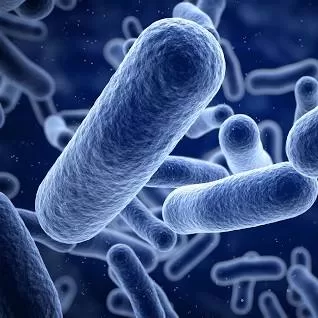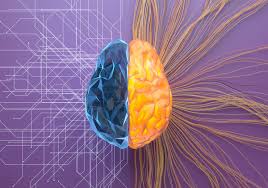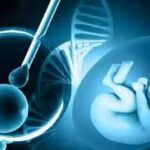PITTSBURGH, PA – Researchers at the University of Pittsburgh have made a significant stride in anthrax treatment, potentially offering a lifeline to patients beyond the traditional “point of no return.” A study published in Nature Microbiology reveals that a cocktail of growth factors successfully reversed lethal cell damage in mice infected with anthrax, even after the disease had progressed to a critical stage.
Anthrax, caused by the bacterium Bacillus anthracis, is typically treatable in its early stages with antibiotics and antibodies. However, once the disease progresses, often within a few days of symptom onset, it leads to severe cellular damage and is usually fatal.
“While only a few people die from anthrax in the United States each year, there is always the concern that the bacterium could be released on a large scale as a bioweapon,” explained senior author Shihui Liu, M.D., Ph.D., associate professor of medicine at the Pitt School of Medicine and member of the Aging Institute. “Because the early symptoms of anthrax are non-specific and flu-like, the disease often isn’t diagnosed until it’s too late for current treatments to help. We need new approaches to treat this later stage of the disease.”
The research focused on the lethal toxin produced by B. anthracis, which inactivates MEK enzymes, disrupting critical cellular pathways, including the ERK and p38 pathways. To explore this, researchers created mice with modified MEKs resistant to the toxin. They found that mice with either modified MEK1/2 (affecting the ERK pathway) or MEK3/6 (affecting the p38 pathway) exhibited significantly higher survival rates compared to normal mice when exposed to the toxin or bacteria. This indicates that anthrax must disable both pathways to inflict lethal damage.
The pivotal discovery came when the researchers tested a combination of three growth factors, already approved for other medical uses, on mice and human cells exposed to the anthrax toxin. This cocktail successfully reactivated the ERK pathway, reversing cell damage and bringing the cells back from the brink of death.
“Because lethal toxin breaks MEK proteins by clipping off their ends, we thought that this cellular damage was irreversible,” said Liu. “So we were really surprised to find that specific growth factors were able to reactivate the ERK pathway and rescue the cell.”
The team is now focused on optimizing this treatment for human application, as different cell types may require specific growth factors to activate ERK.
This research, supported by the National Institute of Allergy and Infectious Diseases (NIAID), offers a promising new avenue for treating anthrax, particularly in advanced stages where current treatments are ineffective.
Other contributors to the study include Jie Liu, Ph.D., Zehua Zuo, Ph.D., Michael Ewing, Qing Cao, M.S., Qi Li, M.D., Ph.D., and Toren Finkel, M.D., Ph.D., all of Pitt and UPMC; Liu Cao, M.D., Ph.D., of China Medical University; and Stephen H. Leppla, Ph.D., of the National Institute of Allergy and Infectious Diseases (NIAID).
Disclaimer: This research was conducted on mice and human cells in vitro. While the results are promising, further research and clinical trials are necessary to determine the safety and efficacy of this treatment in humans. The information provided in this article should not be interpreted as medical advice. Always consult with a qualified healthcare professional for any health concerns.












